Increased Outdoor Activities
The rise in outdoor activities, such as hiking, camping, and water sports, appears to be a significant driver for the Waterproof Socks Market. As more individuals engage in these activities, the demand for specialized gear, including waterproof socks, is likely to increase. According to recent data, the outdoor recreation market has shown a steady growth rate of approximately 5% annually, indicating a robust interest in outdoor pursuits. This trend suggests that consumers are increasingly seeking products that enhance their experience while providing comfort and protection against the elements. Waterproof socks, designed to keep feet dry and warm, are becoming essential for outdoor enthusiasts. Consequently, this growing participation in outdoor activities is expected to propel the Waterproof Socks Market forward, as consumers prioritize functionality and performance in their gear.
Growth of E-commerce Platforms
The expansion of e-commerce platforms appears to be significantly impacting the Waterproof Socks Market. With the increasing preference for online shopping, consumers are more inclined to purchase specialized products like waterproof socks through digital channels. E-commerce provides convenience and access to a wider range of options, allowing consumers to compare products and read reviews before making a purchase. Recent statistics indicate that online retail sales have surged, with a notable increase in outdoor and sports gear purchases. This trend suggests that the Waterproof Socks Market is likely to benefit from the growing online presence of brands and retailers, as they cater to the evolving shopping habits of consumers. The ability to reach a global audience through e-commerce is expected to further drive sales and brand visibility.
Rising Awareness of Foot Health
There is a growing awareness regarding foot health, which seems to be influencing the Waterproof Socks Market positively. Consumers are becoming more informed about the importance of keeping feet dry to prevent conditions such as blisters, fungal infections, and other foot-related issues. This heightened awareness is likely to drive demand for waterproof socks, as they provide a protective barrier against moisture. Market data indicates that the foot care industry has expanded significantly, with consumers increasingly investing in products that promote foot health. As a result, the Waterproof Socks Market is poised to benefit from this trend, as individuals seek out solutions that not only offer comfort but also contribute to overall foot well-being.
Environmental Sustainability Trends
The increasing focus on environmental sustainability is emerging as a crucial driver for the Waterproof Socks Market. Consumers are becoming more conscious of their purchasing decisions, favoring products that are eco-friendly and sustainably produced. This shift in consumer behavior is prompting manufacturers to adopt sustainable practices, such as using recycled materials and reducing waste in production processes. Market data suggests that the demand for sustainable outdoor gear is on the rise, with consumers willing to pay a premium for environmentally responsible products. As a result, the Waterproof Socks Market is likely to see growth as brands align their offerings with sustainability trends, appealing to environmentally conscious consumers who prioritize both performance and ecological impact.
Technological Innovations in Materials
Technological advancements in materials used for waterproof socks are likely to be a key driver for the Waterproof Socks Market. Innovations such as breathable membranes and advanced waterproofing technologies are enhancing the performance of these products. For instance, the introduction of lightweight, durable materials that offer both waterproofing and breathability is appealing to consumers. Industry expert's indicates that the demand for high-performance outdoor gear is on the rise, with waterproof socks being a crucial component. As manufacturers continue to invest in research and development to create superior products, the Waterproof Socks Market is expected to experience growth. This focus on innovation not only attracts outdoor enthusiasts but also appeals to a broader audience seeking reliable and effective solutions for moisture management.
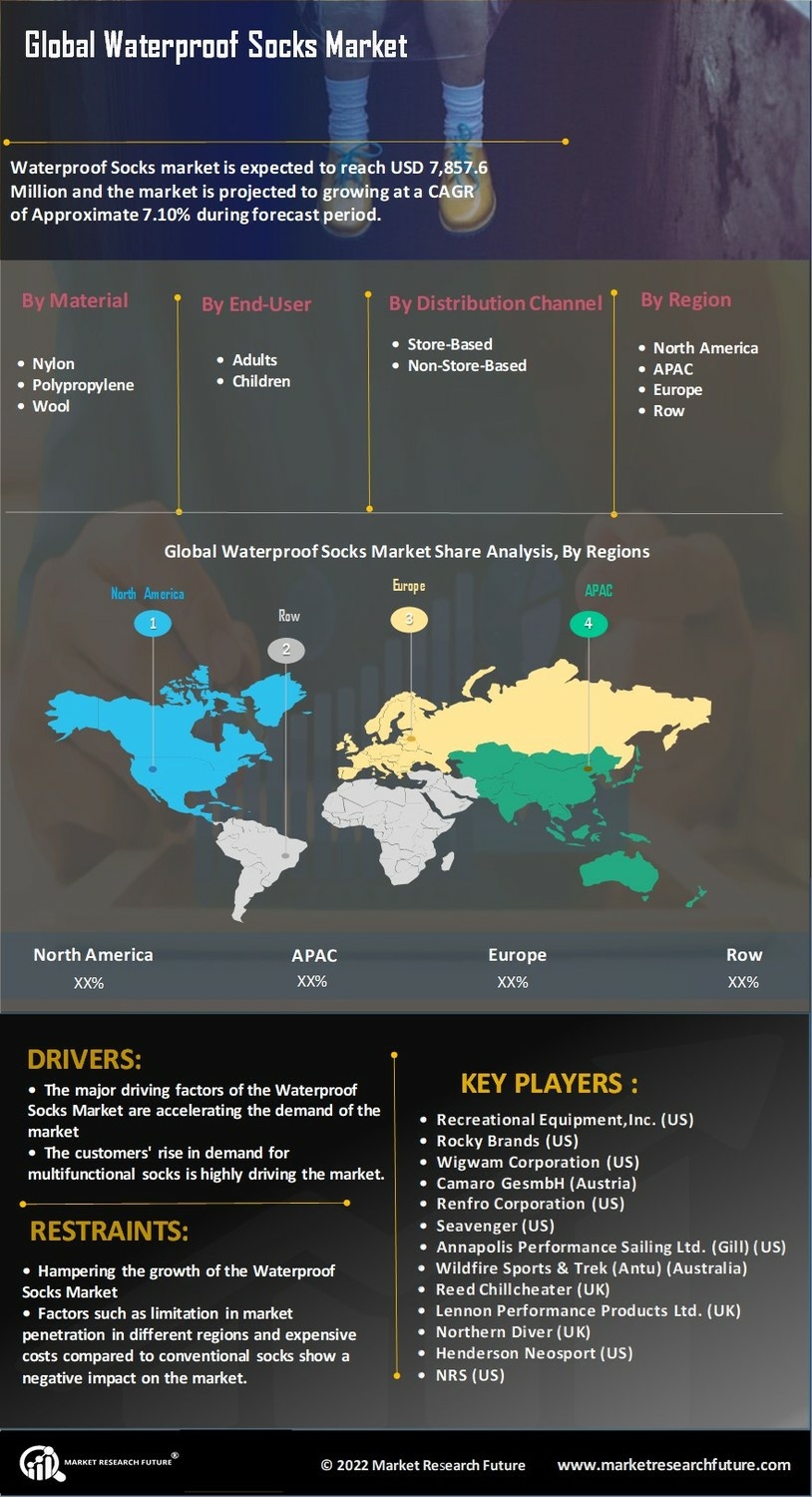

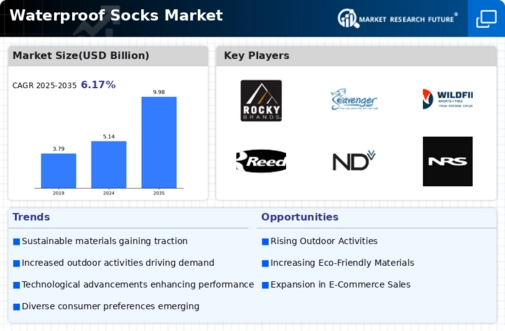
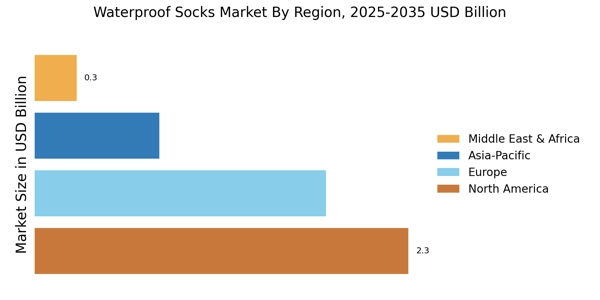
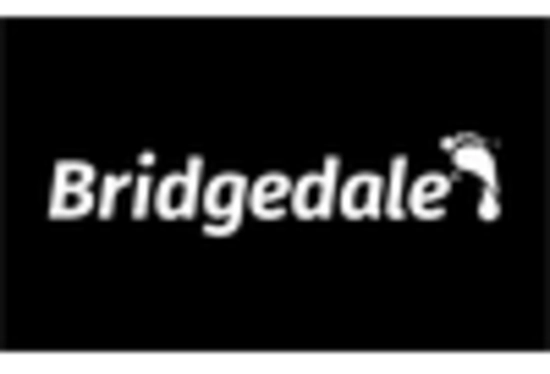
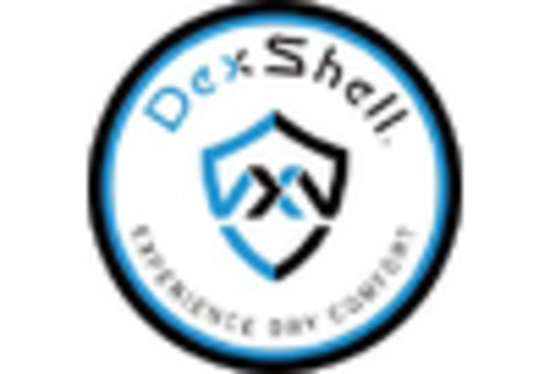



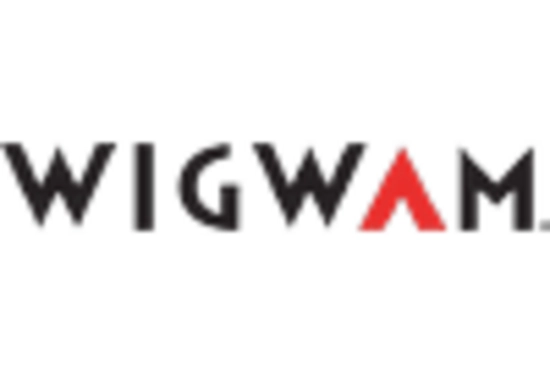








Leave a Comment